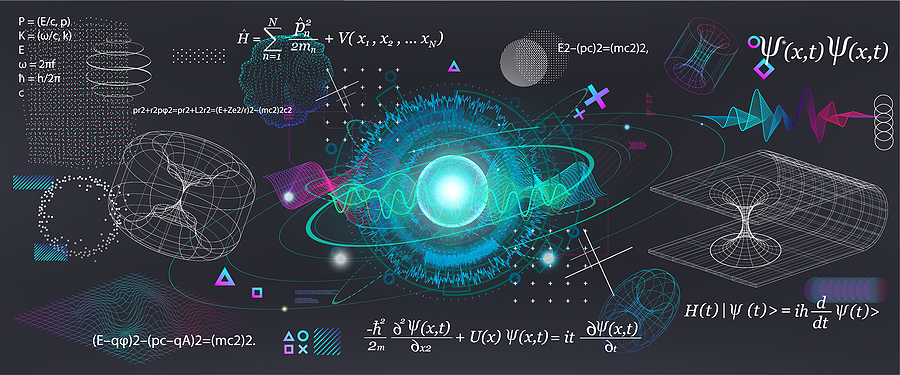Can Atoms And Subatomic Particles Assess Or Measure Time?

In the world of modern physics, the concept of time has always been the centre of studies. Many have challenged the concept of time, stating that time is merely a social construct. In fact, Albert Einstein has stated that time is relative towards the observer. A minute on a hot burner will feel like an hour. However, an hour with a lovely girl will feel like a minute.
Time refers to the interval between two events. With the creation of clocks and watches, we are able to measure time accurately. But is it as accurate as we think? Let us find out!
The evolution of time
In all the civilisations we have heard about, society has found several ways to tell time. The early human civilisation relied on the movements of the stars, moon, and sun to tell the time of the day. In that manner, they made special calendars to inform them of the best time to celebrate special events and plant their crops.
Over the years, as technology evolved, the invention of mechanical clocks using weights and gears marked a vital shift in telling time.
Newton’s finding of absolute time
Isaac Newton’s discovery of how objects move and fall led to the discovery of some interesting concepts of time. He states that time moves with a constant beat and that it moves the same for everything and everyone on Earth. This concept of absolute time certainly is the opposite of Einstein’s theory of relative time.
From Newton to Einstein
The 1900s is the era of modern physics. And it is also when Einstein developed a new concept of time. In contrast with Newton’s theory of absolute time, Einstein showed that time changes depending on the strength of gravity wherever you are and how fast you are moving.
Imagine time as a rubber band that can stretch and compress. This development in the concept of time opened the door to understanding the universe. In the studies of quantum mechanics, Heisenberg’s principle of uncertainty adds a slight complexity to Einstein’s theory, including elements such as atoms and subatomic particles. This new concept states that we are not able to measure both the speed and position of a particle concurrently. So, how, then, can we measure time accurately?
Atomic clocks and its accuracy
In general, we measure time by counting the number of cycles of the reference frequency source — for instance, the mechanical pendulum’s oscillations.
During the 20th century, the foundations for atomic clocks were discovered by an American physicist by the name of Isaac Rabi. His technique involved utilising magnetic fields, resulting in the flipping of atomic nuclei between nuclear magnetic resonance.
This discovery of this resonance paved the way to measure time intervals accurately. Many years later, English physicist Louis Essen, in collaboration with Jack Parry, used Isaac’s concept, refined it, and built the first working atomic clock.
Atomic clocks work by relying completely on the atoms’ vibration, in particular the electron’s oscillation. What makes atomic clocks highly accurate is the stability and the definition of these vibrations’ frequencies. This precise timekeeping makes them widely used in key scientific research of telecommunications and GPS.
Conclusion
In conclusion, atoms themselves are not able to assess or measure time directly. However, they are vital in mankind’s ability to measure time accurately through the use of atomic clocks. With that being said, the typical population do not have to know time with such precise accuracy.
If the study of time and quantum mechanics interests you, you need to have a strong understanding of physics and its various theories. Here at Physics Tuition, we challenge our students to develop their interest in the subject, encouraging and guiding them along the way. Develop a strong foundation with us today! Contact us to find out more.